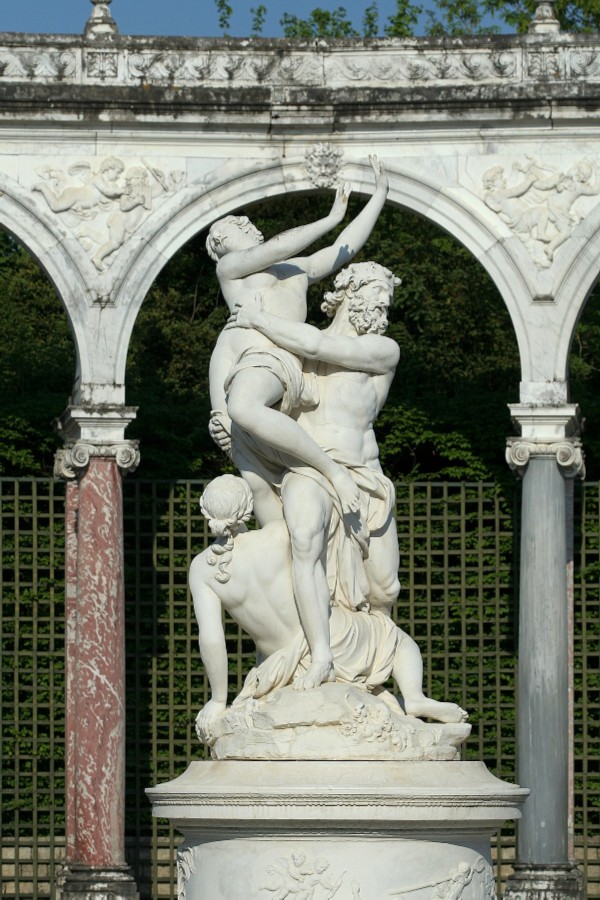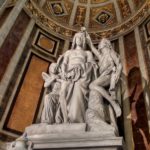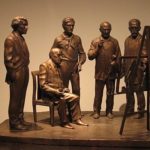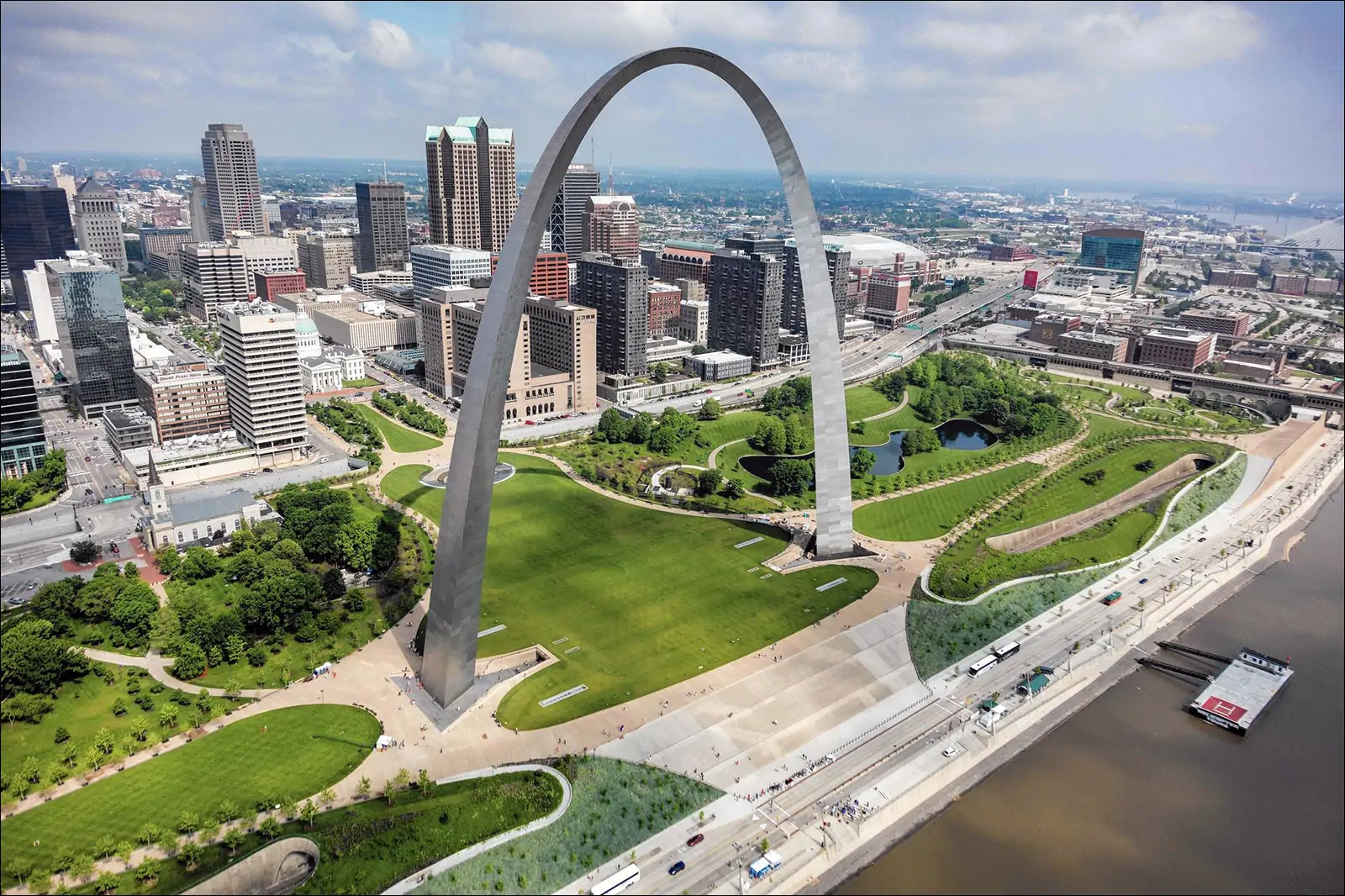François Girardon – favorite sculptor of Louis XIV
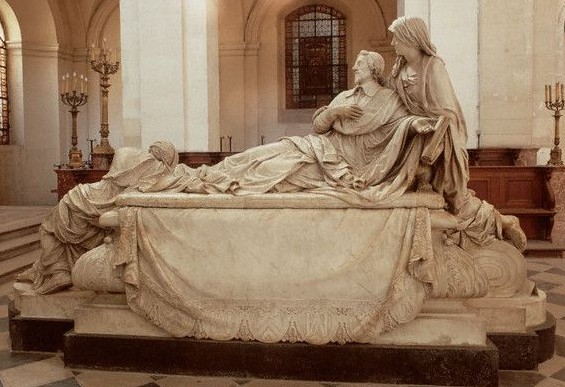
Francois Girardon is an outstanding French sculptor of the second half of the 17th – early 18th centuries, a prominent representative of classicism. François Girardon became famous for the production of majestic images in bronze and marble of Louis XIV, as well as sculptural compositions in the gardens of the royal residence at Versailles. Among the best masterpieces of the master’s work, one can also note a number of magnificent tombstones of famous compatriots.
François Girardon was a full member of the French Academy of Arts for many years and spent a lot of time teaching young colleagues.
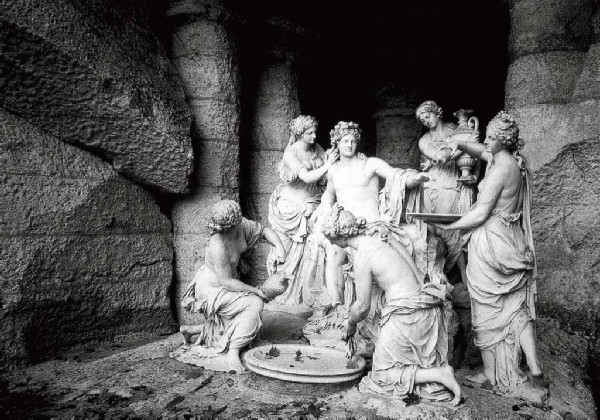
Biography of Francois Girardon
Francois Girardon was born in the family of a foundry master in the city of Troyes. The boy from childhood was fond of woodcarving. By the age of fifteen, he independently learned how to make various figures and decor. Fortunately, his abilities were accidentally noticed by the powerful chancellor Pierre Seguier, who came to Troyes on business. It was he who arranged the talented teenager as an apprentice in the workshop of the Parisian sculptor Francois Angier.
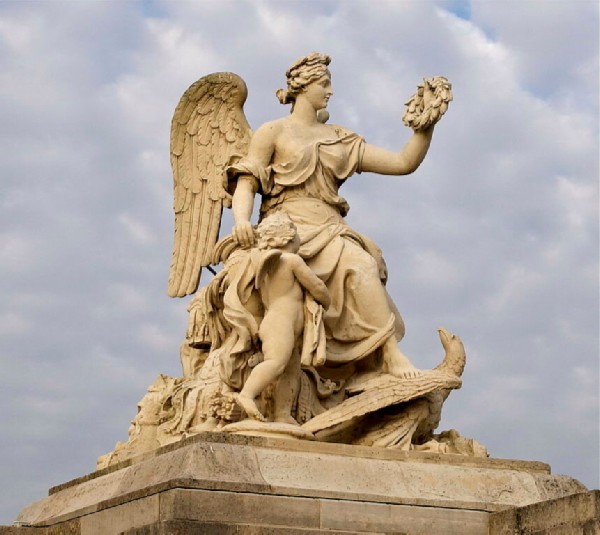
Until 1648, Girardon learned the basics of sculptural art under the guidance of an experienced mentor. And then Séguier sent his protégé to Rome for further study. In the Eternal City, Francois managed to get a job as an assistant in the studio of the great Lorenzo Bernini.
Returning to France in 1652, the 24-year-old master quickly found a worthy occupation for himself. On the recommendation of Seguier, François Girardon was included in a group of artists led by Charles Le Brun to decorate the park of the new royal palace at Versailles. The artist devoted almost 50 years to fulfilling this responsible task and created many beautiful sculptural compositions.

Sculptor’s career
Thanks to his diligence and talent, François Girardon earned the favor of Lebrun. In 1657 he became a member of the Royal Academy of Arts. In the future, he markedly advanced through the ranks and in 1695 was appointed chancellor of this prestigious institution.
Little reliable information has been preserved about the personal life of the sculptor. It is known that he married Catherine Duchemin in 1657, and one of his daughters named Elisabeth was the wife of the famous royal watchmaker Henri Martineau.
By the early 1660s, Girardon had acquired his most influential patron, the young French king. Louis XIV provided the master with spacious apartments in the Louvre for living and provided him with generous orders until his death.
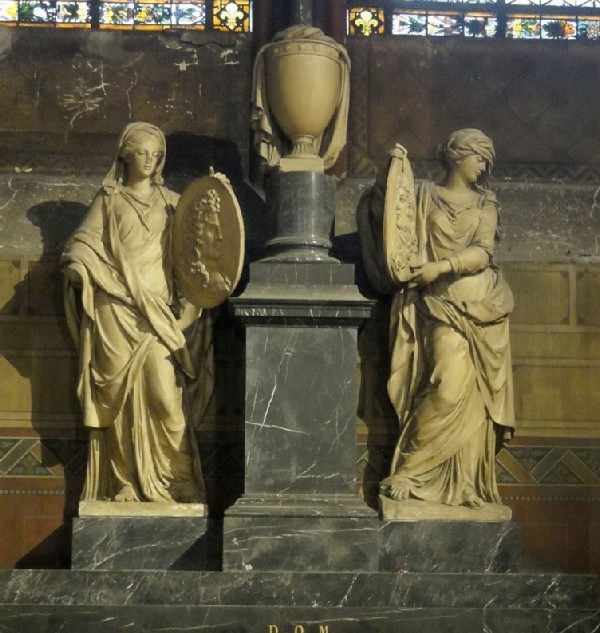
The ingenious sculptor successfully combined his main work with the training of young artists.
During his long career, he created over 1000 unique works of art: busts and statues; equestrian monuments and tombs; fountains and reliefs; massive vases and group sculptural compositions.
The great master had a habit of making smaller copies of his monumental works of art. Thanks to this, a huge number of the artist’s masterpieces have survived to this day in museums and private collections of patrons.
Throughout his life, the sculptor did not experience the slightest financial problems. He enjoyed great prestige in high Parisian society, led the Academy of Arts for more than 25 years and very rarely left Paris. The ingenious master worked actively in his studio until the beginning of the 18th century, but after 70 years he began to experience health problems and gradually retired.
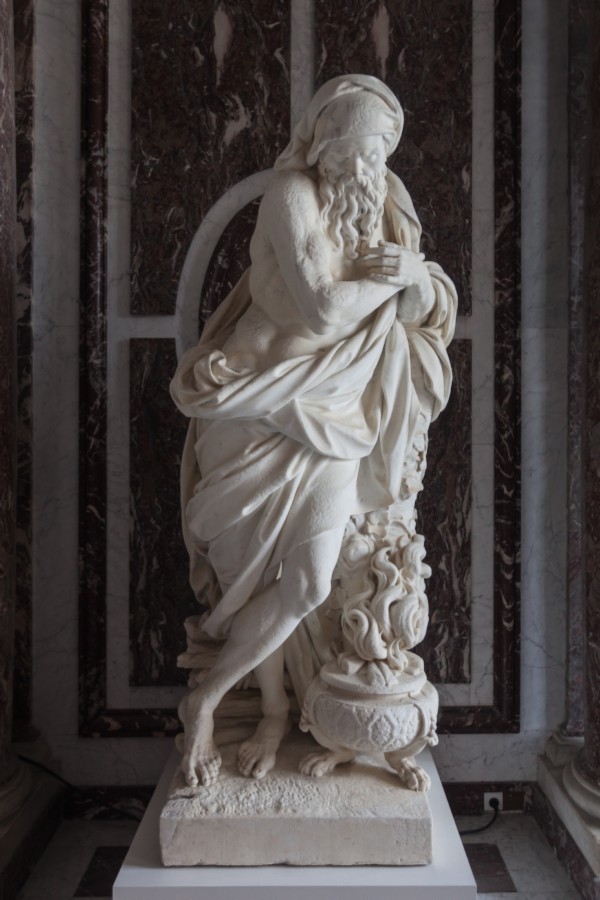
François Girardon died on September 1, 1715 and was buried with great honors in the Saint-Landry cemetery in Paris. Interestingly, the great sculptor left this world on the same day as his powerful patron, King Louis XIV.
